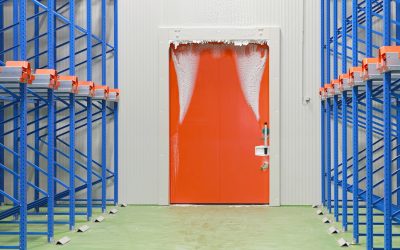One of the most important industrial processes is brazing where two pieces of metals are joined to form a strong load-bearing joint. The process is similar to soldering but it uses higher temperature. Many metal materials are used but one of the best options is brazing steel.
Advantages
- Tighter control over tolerances.
- Clean joint is the result, does not need secondary finishing.
- Less thermal distortion.
- Is cost-effective.
- Can be coated for protective purposes.
- Easily mass produced.
- Easy to automate for individual process parameters are less sensitive to variation.
Procedures
1. Proper fit and clearance. Steel parts being brazed must have specific sizes otherwise; there may be no room for the molten filler metal to flow through the joint. Used proper specifications or capillary action is not effective and filler metal fail to fill the joint completely.
2. Metals are properly clean for capillary action does not work in dirty surfaces. Metals are often grimy with oils, dirt, etc. so brazing filler metals will not stick and the joint fails.
3. The importance of fluxing in brazing steel. Flux is a chemical compound, usually a liquid or paste, applied to the joint surface before brazing. Joint surface are protected from the oxides that build up during heating. During the blazing, flux is activated and starts melting as it absorbs oxides and assists in the flow of the brazing metal. Flux should not get inside the parts where it could contaminate the system.
4. Align for brazing. Assemble all parts to be heated and brazed; just make sure there is full insertion of one tube into the other before brazing. Observe proper distance of both pieces being brazed and they must have even temperature.
5. Brazing steel operation. Heat the base metals and apply the filler metal to the joint. The gas-air torch is the best source as its soft flame provides the best type of heat. Heat tube about an inch away from the end of the fitting, and then shift the heat to the fitting. The assembly is heated to reach brazing temperature. The flux will become clear or transparent at this temperature. Then pull back the flame while applying the filler metal firmly against the tube at the junction of the tube and fitting. After the joint has been completed, make one final pass of the flame at the base of the joint, and twist the joint if possible to expel any entrapped gas or flux and to provide maximum wetting by the filler metal.
6. Clean the brazed joint. Where flux has been used, it may be necessary to remove the flux residues that have set in the joint. Wash with hot water and finish the job after brushing or swabbing the brazed joint..
The procedure is complete and done and you have form a strong load-bearing joint of the brazing steel with another metal for useful application.



